Pluteus spp.
Scientific names: Pluteus aurantiorugosus (Trog) Sacc.;
Pluteus aurantipes Minnis, Sundb. & Nelsen; Pluteus
romellii (Britzelm.) Lapl. (= P. lutescens); Pluteus
longistriatus (Peck) Peck; Pluteus leoninus (Schaeff.) P.
Kumm.; Pluteus flavofuligineus G.F. Atk.; Pluteus
granularis Peck
Derivation of names: In reference to this genus of mushrooms,
the etymology of Pluteus is difficult to determine.
Aurantiorugosus means "orange wrinkled." Aurantipes means
"orange-footed," referring to the reddish-orange stipe.
Lutescens means "turning yellow." Longistriatus means
"having long lines." Leoninus refers to"lion." Flavofuligineus
means "sooty yellow." Granularis means "granules" or
"fine grain," referring to the presence of granules on the cap.
Phylum: Basidiomycota
Order: Agaricales
Family: Pluteaceae
Occurrence on wood substrate: Saprobic; single to scattered
or clustered on decaying wood, wood chips, woody debris
and sawdust; spring through fall depending on the species.
Dimensions: Consult field guides.
Cap: Consult field guides.
Gills: Free
Spore print: Pink to salmon or brownish-pink.
Stipe: The centrally-placed stem of Pluteus spp. typically
separates cleanly
from the cap. Consult field guides for stipe
characteristics of individual species.
Veil: Absent.
Comments: The combination of free gills, saprobic habit on
wood, and pink gills makes this genus fairly easy to recognize in
the field. However, there are quite a number of species in the
literature and many of them can only be separated on
microscopic features. In addition, DNA analysis is shedding
light on relationships, sometimes combining species but also
revealing "cryptic" species within some species concepts such
as P. cervinus. Such cryptic species are apparently impossible
to separate without DNA analysis.
The link below includes
a key to 40 North American species.
More information at MushroomExpert.com
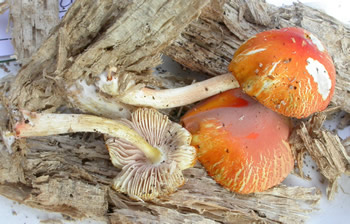
Figure 1. P. aurantiorugosus. Photo © Gary Emberger.
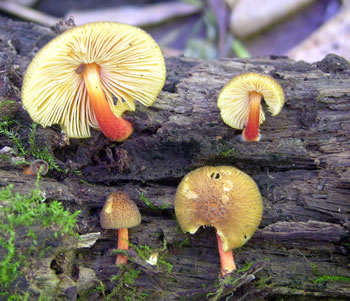
Figure 2. P. aurantipes. This species is rather new to
science. Steve Nelsen, who donated this photograph and
the picture in
Figure 3 is one of the people who found
the specimens growing in Wisconsin and published a
description of it as a new species in 2006.
Photo © Steve Nelsen.
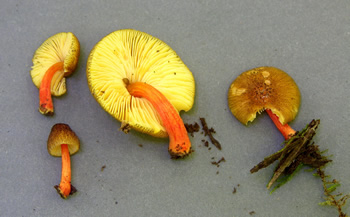
Figure 3. P. aurantipes. A new species is always worth
an additional picture. Photo © Steve Nelsen.
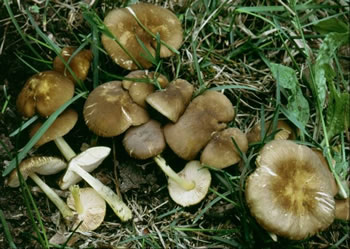
Figure 4. P. lutescens. This species has been renamed
P. romellii, a European name applied to our
collections.
Photo © Steve Nelsen.
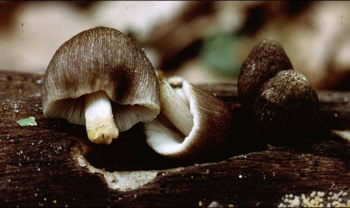
Figure 5.Young P. longistriatus.
Photo © Steve Nelsen.
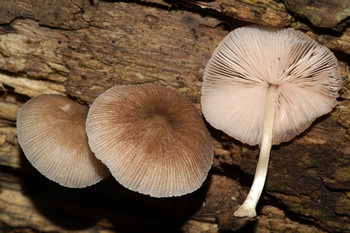
Figure 6. Mature P. longistriatus.
Photo © John
Plischke III.
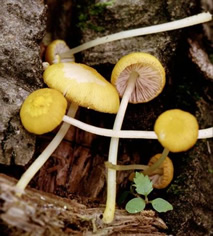
Figure 7. P. leoninus.
Photo © Steve Nelsen.
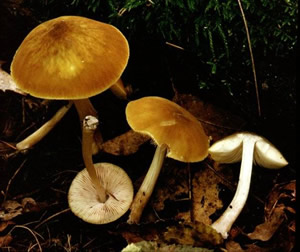
Figure 8. P. flavofuligineus.
Photo © Steve Nelsen.
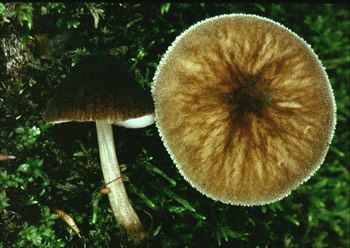
Figure 9. P. granularis. Photo © Steve Nelsen.